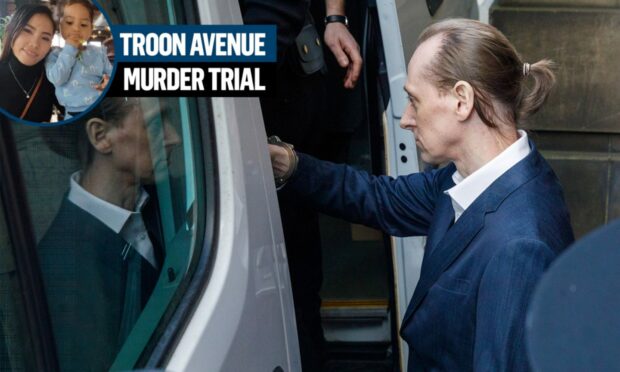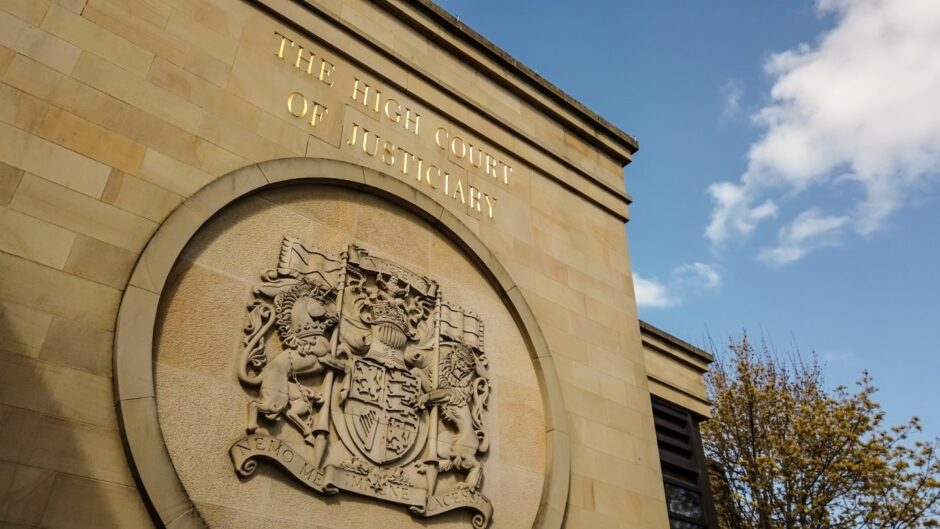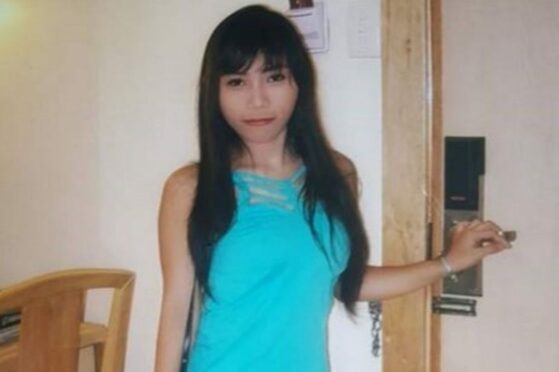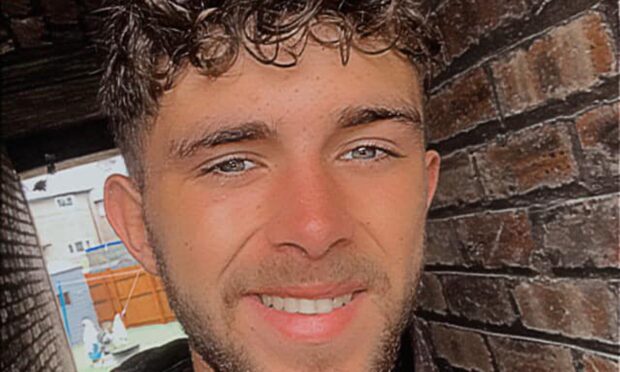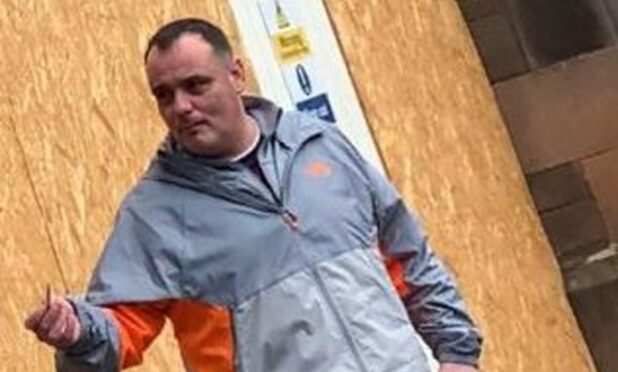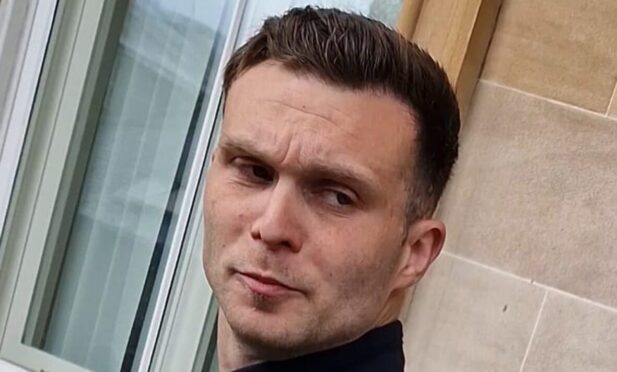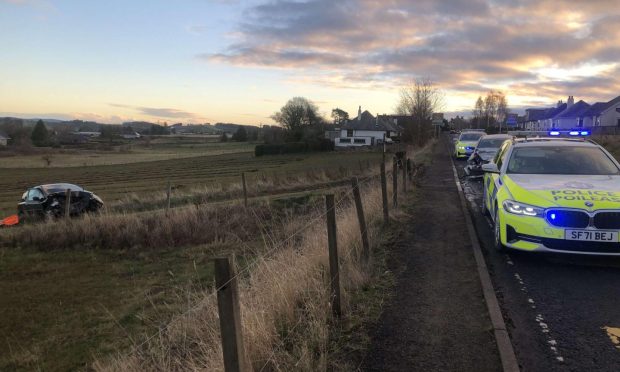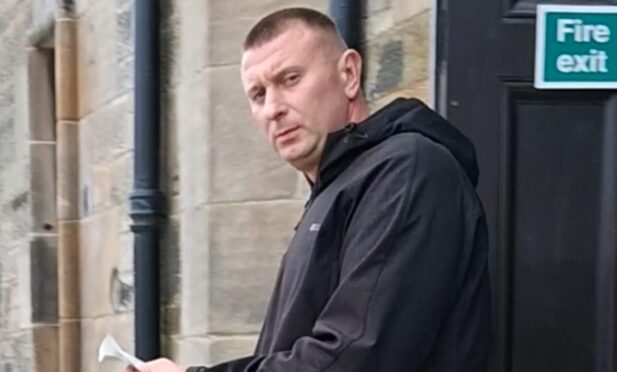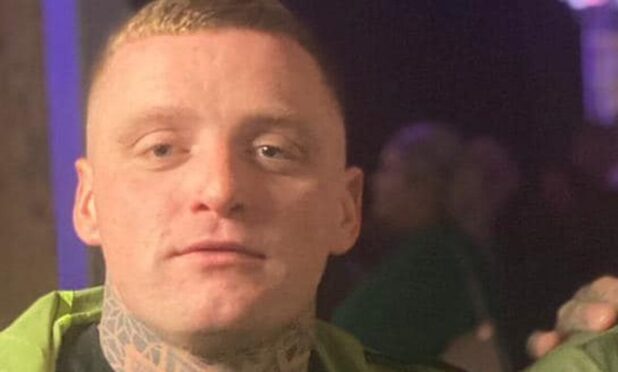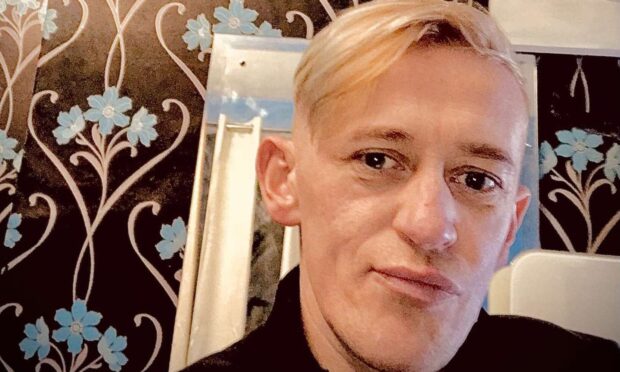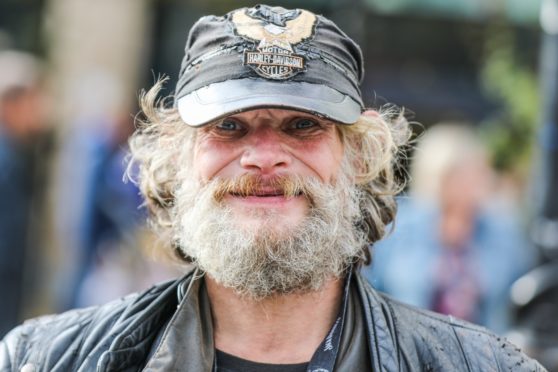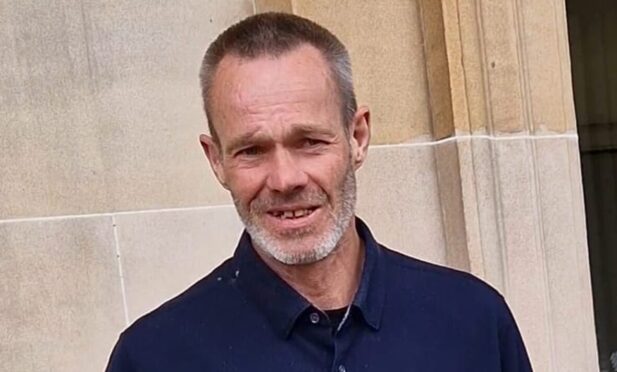It was always assumed Andrew Innes would plead guilty.
Not long after his arrest, word trickled through to journalists via court sources and police contacts this seemingly mild-mannered 52-year-old had already confessed his crimes.
One of the worst atrocities in recent Scottish history would be an open and shut case, it seemed.
At a pre-trial hearing at the High Court in Glasgow, months after police knocked on his door, there was a feeling things could be wrapped up by lunchtime.
Not so.
Innes, who appeared from HMP Perth via video link, pled not guilty to murdering Bennylyn Burke and her daughter Jellica and raping and sexual abusing a second child.
The software engineer and app designer, who was in the process of setting up his own company, had been twice rejected for legal aid because of the value of his assets, including a second property in Dundee.
Because he was facing sex crime allegations, Innes was not allowed to represent himself – in case he used his platform to further torture his living victim in the witness stand.
As a result, he was given a court-appointed solicitor, Edinburgh-based Stephen Knowles.
Mr Knowles then appointed leading criminal lawyer Brian McConnachie KC as defence advocate for trial.
It was later announced Innes would fight the allegations, claiming he acted with diminished responsibility and lacked criminal responsibility – a defence only open to those accused of murder.
As the trial progressed, his defence strategy emerged – and crumbled to dust just as quickly.
Psychosis
Innes tried to convince the jury he killed Mrs Burke while gripped by steroid-induced psychosis.
The court heard Innes, who is on the Autism spectrum and has Crohn’s disease, was treated at Ninewells Hospital for severe abdominal pain earlier that month.
He had been discharged after a five-day stay and prescribed a 40mg daily dose of Prednisolone, a steroid medication.
In his evidence, Innes said he took one 40mg dose before midnight on February 20, and another 40mg after midnight, just minutes later, in preparation for a 16-hour drive to Bristol – to meet Mrs Burke – and back.
By claiming to take his medication on different dates, he could not be accused of recklessly refusing to comply with doctors’ directions.
Innes’ argument was blown out of the water by his defence team’s own expert witness, consultant psychiatrist Dr Gordon Cowan.
He said the chance of developing psychosis from that size of dosage was “very low” and pointed out there was a logic to Innes’ behaviour that day – he went out to get petrol and shopped for a hammer – that suggested he was not in a psychotic frame of mind.
“I don’t think it is indicative of psychosis,” he said.
“I don’t think its indicative of any mental disorder.”
It emerged that Innes first heard of the phenomenon of steroid-induced psychosis from a family member, while he was on remand awaiting trial.
Innes’s performance
Towards the end of the trial, Innes asked to cross-examine Dr Cowan himself.
He also wanted to directly address the jury.
His request was denied by Lord Beckett.
Innes was in a position where he could not represent himself and he could not sack his lawyer because Mr McConnachie had been appointed by the State.
His fate became almost completely reliant on his performance in the witness stand.
And what a performance it was.
Having already changed his story twice – he initially said he was attacked by Mrs Burke, then said he was driven by a voice in his head – Innes plumped for a third story in which he killed Mrs Burke because she had somehow physically transformed into a “hybrid” demon of his estranged wife and a woman he had an affair with.
He tried to elicit sympathy by explaining his “nagging” wife once cut and dyed her hair, even though she knew he liked it long and dark.
She did this “almost deliberately to annoy me”, he said.
The other woman was his “model” at a rope bondage club in Japan, Innes volunteered.
She dumped him by text “in the most horrible way,” he told jurors. “I was absolutely furious.”
Innes then tried to better explain his hybrid vision, by telling the jury mythical beasts like unicorns and fairies all had basis in fact.
Mr McConnachie stepped in to change the subject when his client began talking about the origins of dragons in the Mongolian desert.
But the trial later heard although a psychotic episode could last for a few days, Innes would not have been able to go shopping, drive a car or go about his daily routine.
And there was no suggestion he was psychotic when he killed Jellica.
Perhaps the most incriminating piece of evidence was when he was asked what his plan was for the other girl, who he repeatedly molested and raped?
“I don’t know what would have happened,” he said.
“If they (the police) hadn’t turned up 24 hours later she may well have been dead.”
The Troon Avenue murder trial as it happened:
- The joint minute of agreed facts including Innes’ admission he killed Mrs Burke and her daughter.
- Police said Innes confessed the killing and Mrs Burke’s husband spoke of his fears when she disappeared.
- The young alleged rape victim told how she saw Innes hit Mrs Burke with a hammer.
- The girl’s evidence that she thought Jellica had been killed during a game of hide and seek.
- DNA from victims found on condom and hammer.
- Innes told police he couldn’t look after “screaming” child.
- Innes described how and why he killed Mrs Burke and her daughter.
- Killer admits second child could have died if police had not arrived.
- A psychiatrist told how Innes changed his story three times about why he killed Mrs Burke.
- The judge directed the jury to find Innes guilty of murder.
- Innes is convicted of murder and rape.
For the latest court cases across Tayside and Fife, join our Courts Facebook page.
